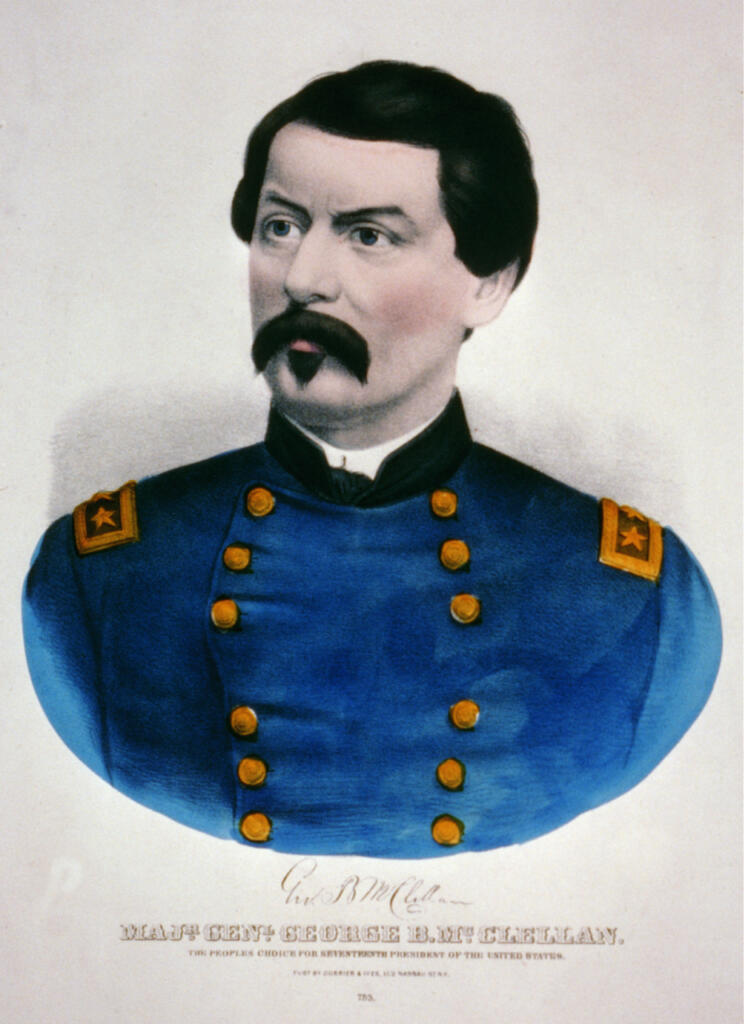The 1846 West Point graduate came to the Vancouver Barracks in 1853 after serving in the War with Mexico. The Army assigned McClellan, an engineering officer since his graduation, to Isaac Stevens, Washington Territory governor. Stevens wanted the captain to survey the Cascade Mountains, probing probable routes for railroads and roads. McClellan assembled three months of rations, 66 men, 173 horses and mules and started from the Vancouver Barracks. At the time, Capt. U.S. Grant was the post quartermaster and Colonel B.L.E. Bonneville its commander.
This mission was the first influential fact-gathering effort around Mount St. Helens country. McClellan roughly followed the Klickitat people’s trail past Mount St. Helens, covering five plains near Fort Vancouver and then struggling through highly variable terrain. McClellan and his crew were struck by the number of bald eagles they saw along the Columbia River and its tributaries.
Gathering data about the volcano was of marginal importance for McClellan’s search, despite its eruption in 1842 — although 140 years later that information proved a valuable resource for geologists and historians. When the expedition passed the still-smoldering mountain, no one tried climbing the peak, but George Gibbs noted a crater on the northwest side. Near the Lewis River, the surveyors crossed a lava field left by the volcano as they trekked into the territory’s central and eastern regions.
The young officer wrote extensive reports about his preparations at Fort Vancouver and the struggle with old Hudson Bay Company pack saddles. He said he needed a large party because of the disposition of the Indigenous peoples. The U.S. government gathered McClellan’s reports, binding them into a dozen large volumes with other military surveys describing railroad routes through the Mississippi River Valley and Pacific Coast.




